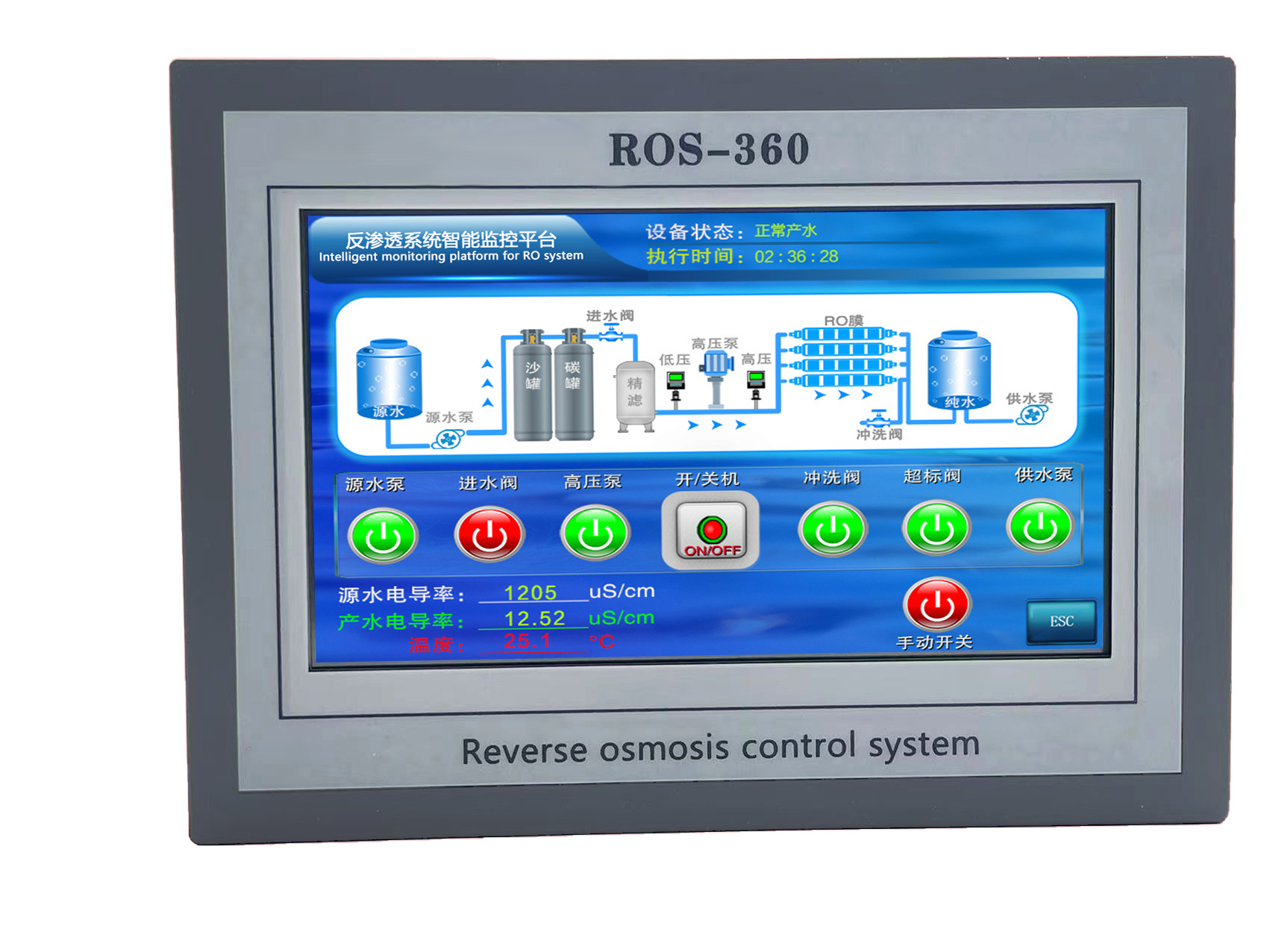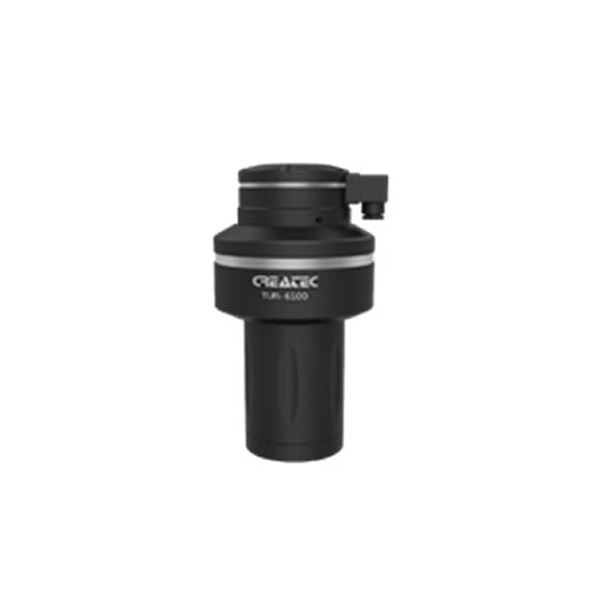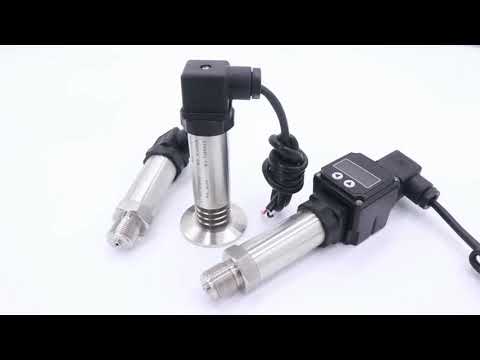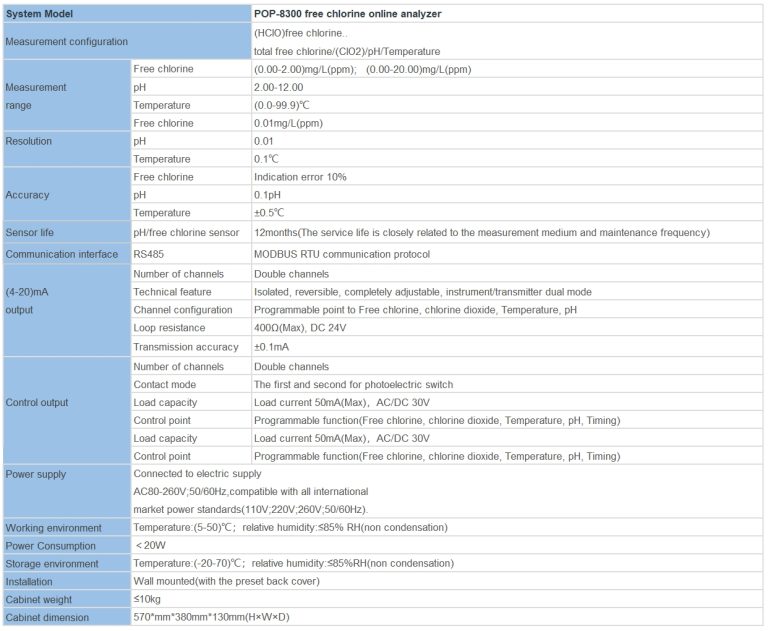Table of Contents
Innovative Techniques Adopted by Water Quality Testing Companies
Water quality testing companies play a crucial role in ensuring the safety and health of communities worldwide. They are responsible for assessing the quality of water in various settings, including municipal water supplies, rivers, lakes, and oceans. Over the years, these companies have adopted innovative techniques to improve the accuracy and efficiency of their testing processes.
One of the most significant advancements in water quality testing has been the adoption of molecular biology techniques. These methods, which include polymerase chain reaction (PCR) and next-generation sequencing, allow for the rapid and accurate identification of microbial contaminants in water samples. PCR, for instance, can detect the presence of specific bacteria, viruses, and other microorganisms by amplifying their genetic material. This technique is highly sensitive and can identify contaminants in even very low concentrations. Next-generation sequencing, on the other hand, can provide a comprehensive profile of all microorganisms present in a water sample, offering a more holistic view of its microbial quality.

Another innovative technique adopted by water quality testing companies is the use of biosensors. These devices, which combine a biological component with an electronic component, can detect specific chemical or biological substances in water. For example, some biosensors use enzymes or antibodies to recognize contaminants, while others use living cells or tissues. Once the biological component of the biosensor interacts with the target substance, the electronic component generates a signal that can be measured and analyzed. This technique offers a rapid and cost-effective way to monitor water quality in real-time.
In addition to these laboratory-based techniques, water quality testing companies are also leveraging digital technology to improve their services. For instance, some companies are using remote sensing technology to monitor water quality over large areas. This technology uses satellite or aerial imagery to detect changes in water color, temperature, and turbidity, which can indicate the presence of certain contaminants. Remote sensing allows for continuous monitoring of water bodies and can provide early warning of potential water quality issues.
Moreover, data analytics and machine learning are being used to predict water quality trends and identify potential risks. By analyzing historical and real-time data from various sources, these technologies can help water quality testing companies make more informed decisions and take proactive measures to protect water resources.
| ROS-2015 Single Stage Reverse Osmosis Program Controller | |
| 1.water source water tank without water protection | |
| 2. low pressure protection | |
| Acquisition signal | 3.pure water tank full protection |
| 4.high pressure protection | |
| 5.external control(manual/automatic switch) | |
| 1.water inlet valve | |
| Output control | 2. flush valve |
| 3. low pressure pump | |
| 4.high pressure pump | |
| AC220v±10% 50/60Hz | |
| Power supply | AC110v±10% 50/60Hz |
| DC24v±10% | |
| Control output | 5A/250V AC |
| Flush the way | Low pressure flush/ high pressure flush |
| Relative humidity | ≤85% |
| Ambient temperature | 0~50℃ |
| Hole Size | 45*92mm(high*wide) |
| Installation method | The embedded |
| Display usage | Standard RO process flow chart, supporting LED dynamic display |
| Process control | When the system is turned on for the first time,the system performs 30s membrane flushing, |
| instructions | and flush 10s when the machine is running and the water tank is full. Run continuously for 3h |
| or stand by for 3h when the water is full, automatically intervene in flushing for 10s | |
Lastly, the use of portable testing kits has revolutionized the way water quality testing is conducted. These kits, which often include reagents and color charts, allow for on-site testing of water samples. This not only saves time and resources but also enables immediate action in case of contamination.

In conclusion, water quality testing companies are at the forefront of technological innovation, adopting advanced techniques to ensure the safety of our water resources. From molecular biology methods and biosensors to remote sensing and data analytics, these companies are using cutting-edge technology to protect public health and the environment. As water quality issues continue to pose significant challenges worldwide, the role of these companies and their innovative techniques will only become more critical.
The Role of Water Quality Testing Companies in Ensuring Public Health
Water quality testing companies play a pivotal role in ensuring public health by providing essential services that monitor and assess the safety of our water supplies. These companies are the unsung heroes in the background, working tirelessly to ensure that the water we consume is free from harmful contaminants and meets the required health and safety standards.
Water is a fundamental necessity for life, and its quality directly impacts our health and wellbeing. It is used in everything from drinking and cooking to bathing and cleaning. Therefore, the importance of maintaining high-quality water cannot be overstated. This is where water quality testing companies come into play. They employ a range of sophisticated testing methods and technologies to evaluate the physical, chemical, and biological characteristics of water, ensuring it is safe for consumption and use.
One of the primary responsibilities of water quality testing companies is to detect the presence of harmful contaminants in water. These can range from bacteria, viruses, and parasites to chemical pollutants such as heavy metals, pesticides, and pharmaceutical residues. The presence of these contaminants can lead to a variety of health issues, including gastrointestinal illnesses, reproductive problems, and neurological disorders. By identifying these contaminants early, water quality testing companies can help prevent these health problems and protect public health.
In addition to detecting contaminants, water quality testing companies also monitor the overall quality of water supplies. They do this by measuring various parameters such as pH, hardness, alkalinity, turbidity, and temperature. These parameters can provide valuable insights into the overall health of a water supply and help identify any potential issues that may need to be addressed.
Furthermore, water quality testing companies play a crucial role in ensuring compliance with local, national, and international water quality standards. These standards are designed to ensure the safety and quality of drinking water and protect public health. By conducting regular testing and monitoring, these companies can ensure that water suppliers are meeting these standards and providing safe, clean water to their customers.Moreover, water quality testing companies also contribute to the development of new technologies and methods for water testing and treatment. Through their research and innovation, these companies are continually improving the accuracy and efficiency of water testing, leading to better water quality and improved public health.
In conclusion, water quality testing companies play a vital role in ensuring public health by monitoring and assessing the safety and quality of our water supplies. They detect harmful contaminants, monitor overall water quality, ensure compliance with water quality standards, and contribute to the development of new water testing and treatment technologies. Their work is essential in protecting our health and wellbeing, and their importance cannot be overstayed. As we continue to face new challenges related to water quality and safety, the role of water quality testing companies will only become more critical.
| Model | CCT-8301A Conductivity/Resistivity/TDS/TEMP Online Controller |
| Constant | 0.01cm-1, 0.1 cm-1, 1.0cm-1, 10.0 cm-1 |
| Conductivity | (500~100,000)uS/cm,(1~10,000)uS/cm, (0.5~200)uS/cm, (0.05~18.25) MΩ·cm |
| TDS | (250~50,000)ppm, (0.5~5,000)ppm, (0.25~100)ppm |
| Medium Temp. | (0~180)°C(Temp.Compensation: Pt1000) |
| Resolution | Conductivity: 0.01uS/cm, 0.01mS/cm; Resistivity: 0.01MΩ·cm; TDS:0.01ppm, Temp.: 0.1℃ |
| Accuracy | Conductivity: 1.5%(FS), Resistivity:2.0%(FS), TDS: 1.5%(FS), Temp.: +/-0.5℃ |
| Temp. compensation | With25°C as standard under normal medium; With 90C as standard under high temp medium |
| Communication port | RS485 Modbus RTU protocol |
| Analog output | Double channel (4~20)mA. Instrument/Transmitter for selection |
| Control Output | Triple channels photo-electronic semiconductor relay switch, Load capacity: AC/DC 30V,50mA(max) |
| Working Environment | Temp.(0~50)℃; relative humidity <95%RH (non-condensing) |
| Storage Environment | Temp.(-20~60)℃;Relative Humidity ≤85%RH (none condensation) |
| Power Supply | DC24V+/-15% |
| Protection Level | IP65 (with the back cover) |
| Dimension | 96mmx96mmx94mm(HxWxD) |
| Hole Size | 9lmmx91mm(HxW) |







